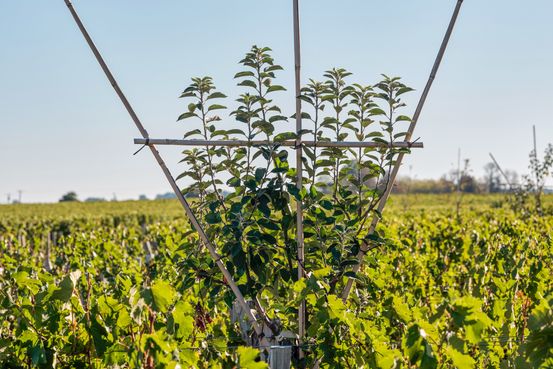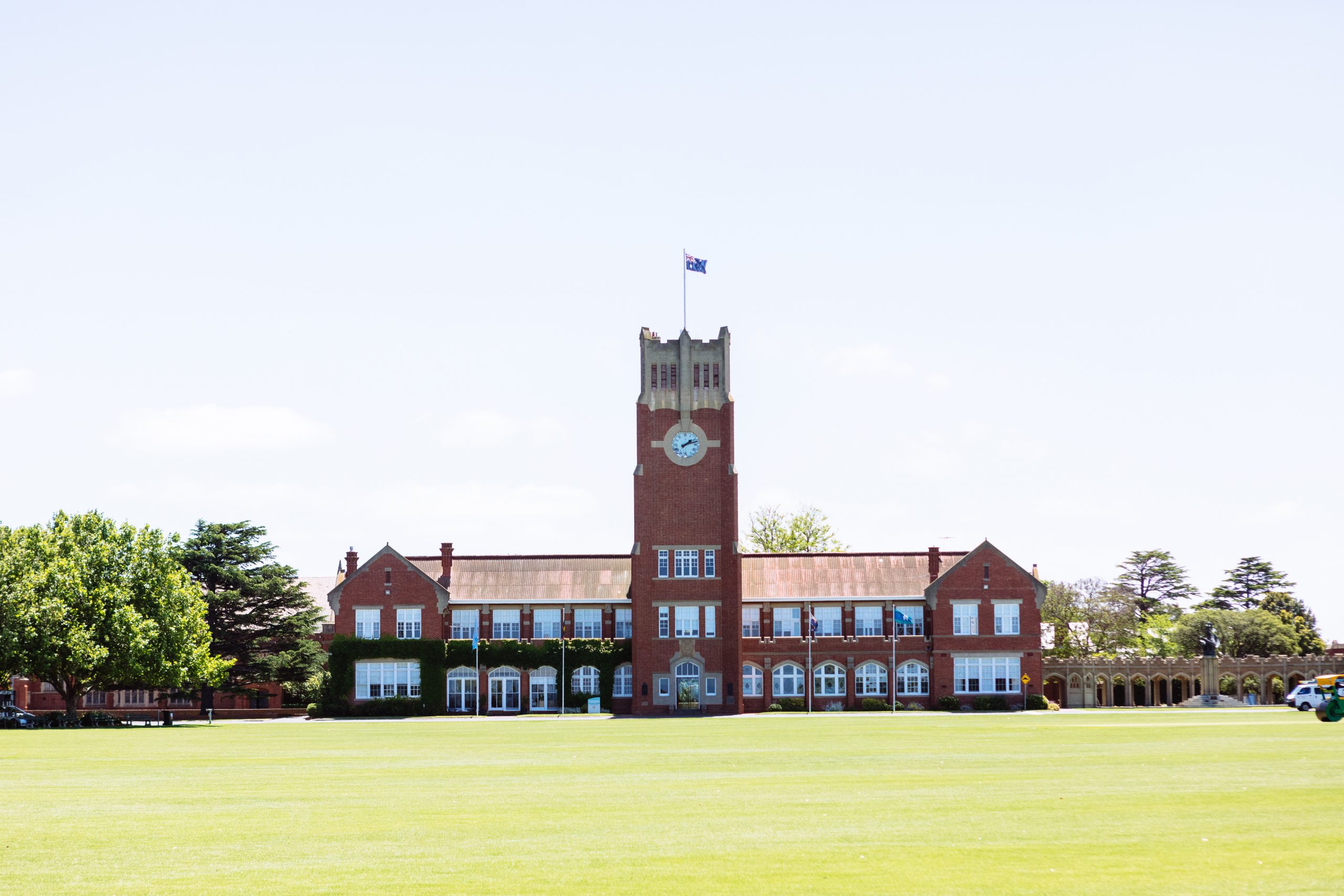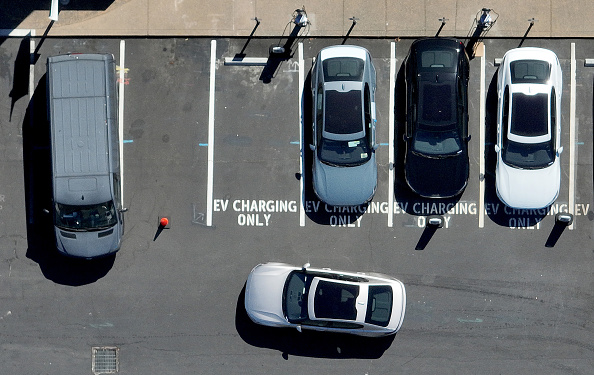Climate Change Forces French Vineyards to Alter the Way They Make Wine
Growers change grape varieties and reshape the landscape to protect some of the world’s most valuable vineyards from warmer temperatures
BORDEAUX, France—The wildfire began on an usually dry summer day in a forest bordering the Liber Pater vineyard. Winemaker Loïc Pasquet saw the flames rise and spread toward his precious vines, which produce Bordeaux that sells for $30,000 a bottle.
Hours before evacuating Mr. Pasquet and his staff destroyed the grass around the vineyard to prevent it from catching fire and dug trenches to block the blaze’s path. He also sprayed local trees with water drawn from the vineyard’s ponds. The vineyard was spared.
The emergency measures are just some of the steps winegrowers are taking to survive in a region that is home to some of the world’s finest wines and sharpest temperature increases. Many growers are harvesting weeks before grapes traditionally ripen; others are investing in land located in cooler climates. Some are transforming the landscape of wine country itself, planting more trees to ensure better water retention, and less erosion and runoff after heavy rain.
The situation has become so dire that winemakers in Bordeaux and other regions have begun to change practices that have been in place for generations. Winemaking is tightly regulated in France with rules governing everything from the location of specific appellation to its grape content.
This year vineyards around Bordeaux were allowed to irrigate their vines, a practice that is usually forbidden. The French organization that governs wine appellations also recently approved six more grape varieties to be added to the grapes currently allowed for the production of Bordeaux wines. The new additions include four reds—Arinarnoa, Castets, Marselan, and Touriga Nacional—and two whites, Alvarinho and Liliorila. All were chosen for their ability to thrive in warmer, drier conditions.
“It was crazy,” said Georgie Hindle, a wine expert who covers the Bordeaux region at wine publication Decanter. “No one knows if this decision will change the profile of a classic claret.”
In February, United Nations climate scientists published a report stating that surface temperatures in the Mediterranean region—which includes Southern France—have already risen 1.5 degrees since the preindustrial era. That is higher than the average increase of 1.1 degrees for the entire planet, according to the U.N., exposing the region to higher risk of heat waves, droughts and other extreme weather events.
Wine grapes are highly sensitive to changes in the climate. Sunshine warms and ripens the grapes, producing sugar that converts to alcohol. Too much sun risks burning the grapes. It also heightens the alcohol levels, leaving the wine unbalanced and giving its fruity notes the taste of jam.
Wine connoisseurs say the best wines are produced at the northern limit of where the grape is a viable crop, giving the fruit time to mature and for complex flavours to develop. A handful of small growers have begun investing in land in areas that were once regarded as too blustery for vineyards, including Brittany and Normandy along France’s Atlantic coast. But established châteaux say relocating production to different regions is problematic. Regulations require growers to label their bottles according to the appellations or areas where they are produced. That means authentic Bordeaux wines cannot be produced outside the swath of terroir, or specific soil, that surrounds rivers that feed the Gironde estuary in Southwestern France.
“We’re talking here about making fine wine,” says Mr. Pasquet. “You can make wine anywhere in the world—but a number of precise details go into making fine wine.”
This year unusually warm spells in some places in March caused early budding of the vines, leaving them vulnerable to a wave of late frost in April. Growers installed massive candles throughout their vineyards to warm their fruit and used helicopters to disperse stagnant air.
Then came the summer drought, which forced much of France to undertake water restrictions as rivers up and down the country ran dry.
On average, grape harvests now happen up to three weeks earlier than they did 30 years ago, according to winemakers’ unions. This year winegrowers in the prized Languedoc-Roussillon area started the harvest period at the end of July while in parts of Corsica it began in early August—both several weeks early.
“We started in August. That’s never happened before,” said Pierre-Olivier Clouet, technical director of Château Cheval Blanc in the Bordeaux area.
Cheval Blanc has responded by moving into agroforestry, planting hundreds of trees among the vines—a technique borrowed from the history books. Mr. Clouet said the trees provide shade, improve soil quality and allow the vines to suck up more water. A flock of sheep now roams among the vines, fertilising the soil, while a new artificial lake on the property adds moisture.
In the region of Isère, winegrower Nicolas Gonin said his decision to uproot the Pinot Noir and Chardonnay vines planted decades ago and replace them with local varieties was vindicated this year. “It is better to increase the number of grapes that you grow,” he said. “They have different characteristics, and when one has a tough year, the others can do well.”
Many of the changes are still experimental. Some growers are modifying the density of their plots to require less water while others are collecting rainwater during the winter to boost their irrigation systems. Planting vines at a different angle, some say, can reduce their exposure to punishing sunlight. Many growers are also planting vine roots that are more resistant to drought and delay the maturity of the fruit.
In cooler times, growers used to cut the leaves of their vines so they would get the maximum amount of sun and more alcohol content. Now the leaves go untouched to better protect the grapes, preserving the fruit’s acidity. One grower said he uses machines that draw alcohol out of his wine so that it isn’t too strong.
Some winemakers, including in Champagne, in the North of France, say it has still been an excellent year. Younger vines have struggled, but the older plants with long roots have performed well, producing small grapes with thick skins that contribute flavour and colour to the wines as well as staving off diseases such as mildew.
“For now the impact of global warming, we feel it—but it’s not yet a negative impact,” said Brigitte Bâtonnet, of Champagne producers’ group CIVC.
 Copyright 2020, Dow Jones & Company, Inc. All Rights Reserved Worldwide. LEARN MORE
Copyright 2020, Dow Jones & Company, Inc. All Rights Reserved Worldwide. LEARN MORE
This stylish family home combines a classic palette and finishes with a flexible floorplan
Just 55 minutes from Sydney, make this your creative getaway located in the majestic Hawkesbury region.
The marketplace has spoken and, at least for now, it’s showing preference for hybrids and plug-in hybrids (PHEVs) over battery electrics. That makes Toyota’s foot dragging on EVs (and full speed ahead on hybrids) look fairly wise, though the timeline along a bumpy road still gets us to full electrification by 2035.
Italian supercar producer Lamborghini, in business since 1963, is also proceeding, incrementally, toward battery power. In an interview, Federico Foschini , Lamborghini’s chief global marketing and sales officer, talked about the new Urus SE plug-in hybrid the company showed at its lounge in New York on Monday.
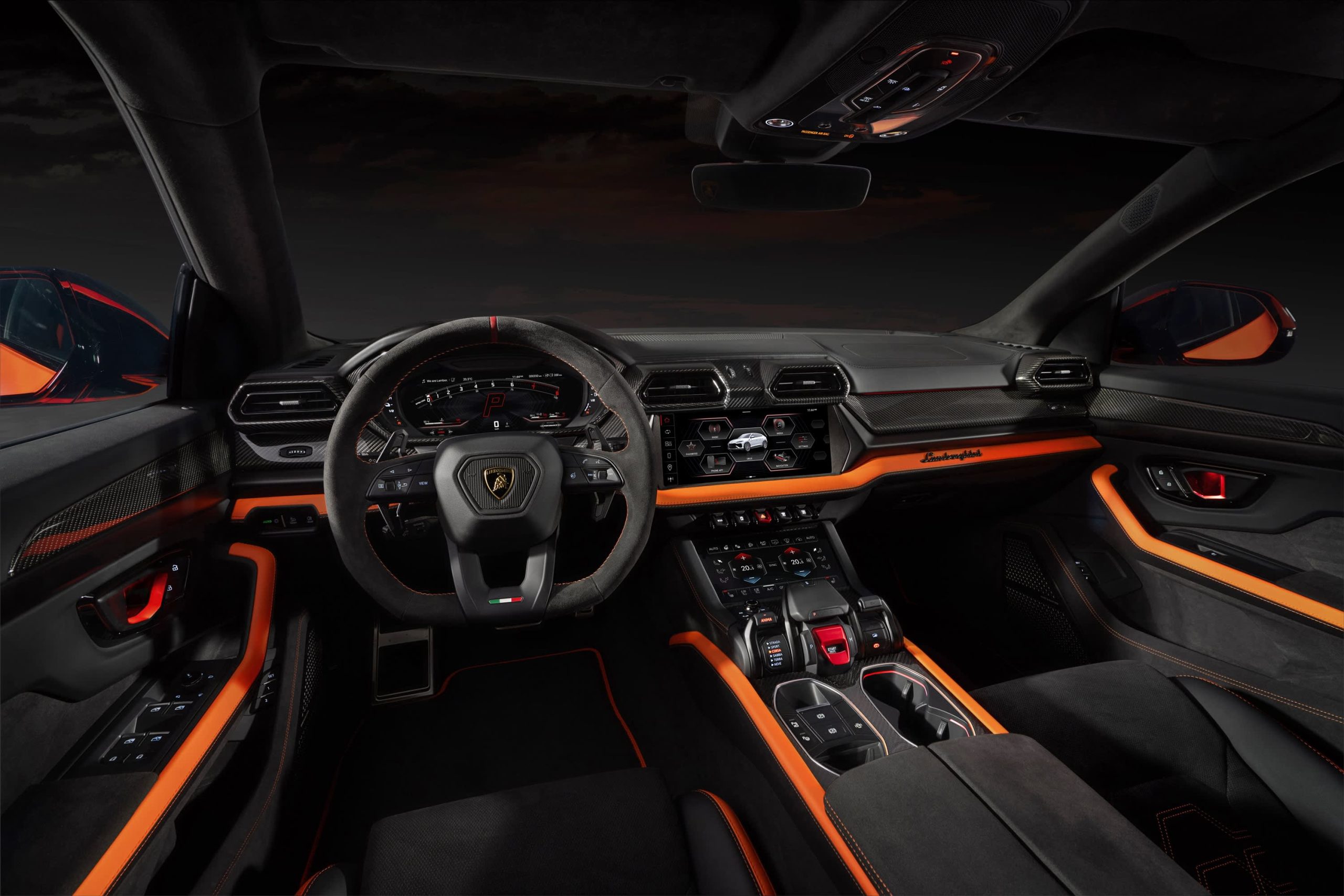
Lamborghini
The Urus SE SUV will sell for US$258,000 in the U.S. (the company’s biggest market) when it goes on sale internationally in the first quarter of 2025, Foschini says.
“We’re using the contribution from the electric motor and battery to not only lower emissions but also to boost performance,” he says. “Next year, all three of our models [the others are the Revuelto, a PHEV from launch, and the continuation of the Huracán] will be available as PHEVs.”
The Euro-spec Urus SE will have a stated 37 miles of electric-only range, thanks to a 192-horsepower electric motor and a 25.9-kilowatt-hour battery, but that distance will probably be less in stricter U.S. federal testing. In electric mode, the SE can reach 81 miles per hour. With the 4-litre 620-horsepower twin-turbo V8 engine engaged, the picture is quite different. With 789 horsepower and 701 pound-feet of torque on tap, the SE—as big as it is—can reach 62 mph in 3.4 seconds and attain 193 mph. It’s marginally faster than the Urus S, but also slightly under the cutting-edge Urus Performante model. Lamborghini says the SE reduces emissions by 80% compared to a standard Urus.
Lamborghini’s Urus plans are a little complicated. The company’s order books are full through 2025, but after that it plans to ditch the S and Performante models and produce only the SE. That’s only for a year, however, because the all-electric Urus should arrive by 2029.
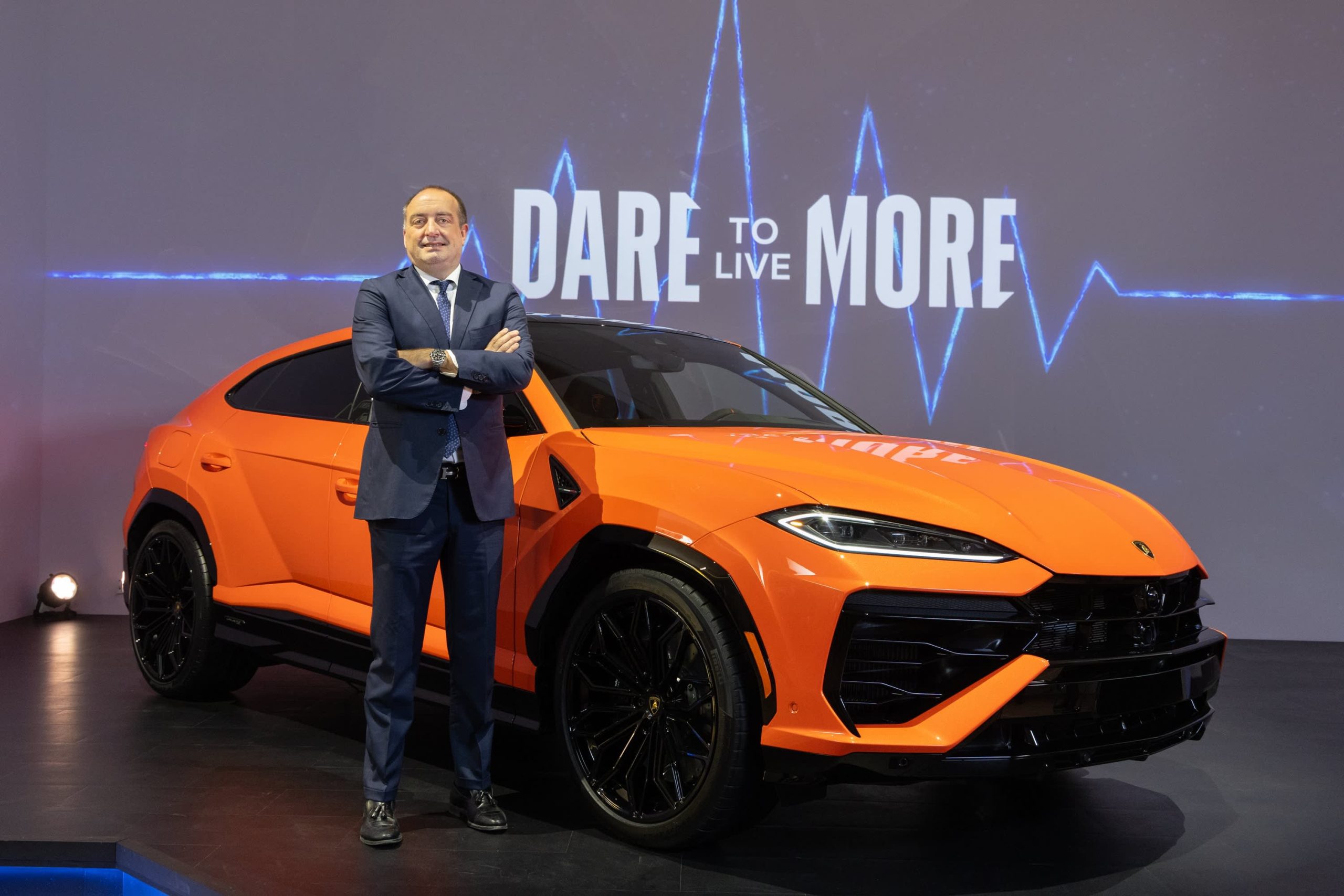
Lamborghini
Thanks to the electric motor, the Urus SE offers all-wheel drive. The motor is situated inside the eight-speed automatic transmission, and it acts as a booster for the V8 but it can also drive the wheels on its own. The electric torque-vectoring system distributes power to the wheels that need it for improved cornering. The Urus SE has six driving modes, with variations that give a total of 11 performance options. There are carbon ceramic brakes front and rear.
To distinguish it, the Urus SE gets a new “floating” hood design and a new grille, headlights with matrix LED technology and a new lighting signature, and a redesigned bumper. There are more than 100 bodywork styling options, and 47 interior color combinations, with four embroidery types. The rear liftgate has also been restyled, with lights that connect the tail light clusters. The rear diffuser was redesigned to give 35% more downforce (compared to the Urus S) and keep the car on the road.
The Urus represents about 60% of U.S. Lamborghini sales, Foschini says, and in the early years 80% of buyers were new to the brand. Now it’s down to 70%because, as Foschini says, some happy Urus owners have upgraded to the Performante model. Lamborghini sold 3,000 cars last year in the U.S., where it has 44 dealers. Global sales were 10,112, the first time the marque went into five figures.
The average Urus buyer is 45 years old, though it’s 10 years younger in China and 10 years older in Japan. Only 10% are women, though that percentage is increasing.
“The customer base is widening, thanks to the broad appeal of the Urus—it’s a very usable car,” Foschini says. “The new buyers are successful in business, appreciate the technology, the performance, the unconventional design, and the fun-to-drive nature of the Urus.”
Maserati has two SUVs in its lineup, the Levante and the smaller Grecale. But Foschini says Lamborghini has no such plans. “A smaller SUV is not consistent with the positioning of our brand,” he says. “It’s not what we need in our portfolio now.”
It’s unclear exactly when Lamborghini will become an all-battery-electric brand. Foschini says that the Italian automaker is working with Volkswagen Group partner Porsche on e-fuel, synthetic and renewably made gasoline that could presumably extend the brand’s internal-combustion identity. But now, e-fuel is very expensive to make as it relies on wind power and captured carbon dioxide.
During Monterey Car Week in 2023, Lamborghini showed the Lanzador , a 2+2 electric concept car with high ground clearance that is headed for production. “This is the right electric vehicle for us,” Foschini says. “And the production version will look better than the concept.” The Lanzador, Lamborghini’s fourth model, should arrive in 2028.
Just 55 minutes from Sydney, make this your creative getaway located in the majestic Hawkesbury region.
Consumers are going to gravitate toward applications powered by the buzzy new technology, analyst Michael Wolf predicts









